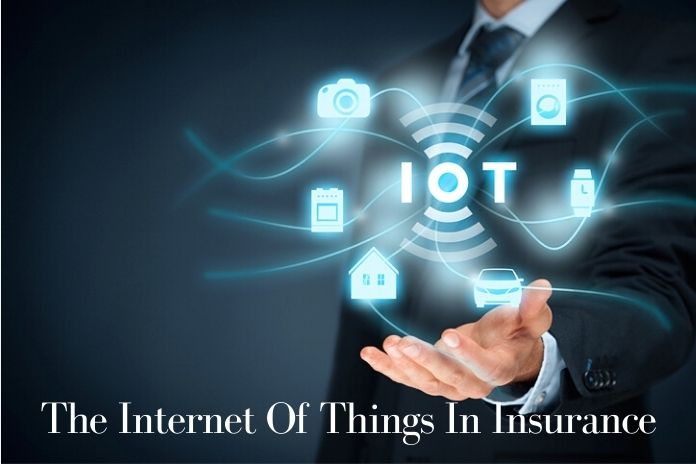On the way to the Internet of Things (IoT) – 25 billion devices will be networked worldwide by 2025. In theory, the fields of application also sound more than plausible for insurers: with networked houses, cars and so-called “wearables”, the insurer can take preventive action before an accident, fire, or chronic illness occurs, instead of just the damage that has happened to settle.
In addition, specific claims can be avoided entirely, and customer needs can be better recorded, which allows the insurer to contact its customers more often.
The Internet of Things enables insurance that is closer to the customer, more tangible, more cost-effective, and more profitable. But why has the Internet of Things still not established itself, and why are some of the fields of application mentioned still in their infancy. However, networked houses and telematics in vehicles have been possible for decades?
Phase 1 – Connected Things And Classic Insurance
Insurers like Allianz have been marketing insurance products with an integrated networked device for several years. For example, telematics tariffs are offered in car or building insurance that consist of a classic insurance policy, a networked device and an app. The tariffs are usually tailored to specific target groups, such as novice drivers or specific risk areas, and offer discounts if the customer installs the networked device.
The business model works well when the networking has high leverage on the damage costs, e.g. by avoiding accidents or thefts in specific target groups. For the breadth of the business, however, the additional costs for the device and the discount expected by the customer are often too high in total to be covered by lower damage costs on average. In return, most customers see no incentive to pay a higher price for these products or finance the networked devices out of their pocket. In addition, many customers have concerns about data security and privacy and do not choose such products.
Phase 2 – New Business Models
Will the Internet of Things be reduced to use cases for selected target groups forever?
New business models will not translate the Internet of Things and the use cases into high customer benefits and thus erase many of the barriers. Three development areas play a decisive role here: 1. Aggregation of networked devices, 2. Integrated and on-demand products, and 3. Ecosystems and platforms.
Aggregation Of Networked Devices: if all devices at home are networked, no customer wants to use various apps to control the devices. Customers want a uniform user interface or voice control across all devices. Amazon Echo Plus already offers such an integration layer, and Allianz is also working on an innovative home solution that aggregates devices from many manufacturers.
Integrated And On-Demand Products: in phase 1, the starting point was always insurance expanded to include connected devices. The reverse case is interesting: insurance is built into the networked device, quasi “Intel inside” for the insurance. The first products from this category are already available in some markets, such as Neos in England or Cozify / LocalTapiola in Finland. On-demand tariffs should also be mentioned in this context. These are insurances that only become active when the insured item is used, e.g. “pay as you drive (PAYD)” – made possible by networking things.
Ecosystems And Platforms: Platform business models such as those used by Airbnb, Uber or WeChat and ecosystems around specific topics such as mobility are increasingly finding their way into the world of insurance companies. Allianz recently announced that it would offer core systems as open-source to enable an insurance ecosystem.
The critical point here is to provide customers with even more comprehensive support and make insurance products even more realistic for customers, for example, through a service marketplace for everything to do with living, health, or mobility. And of course, networked devices always play a significant role.
So the Internet of Things is not quite there yet; at least, it has not yet reached the broad masses for various reasons. But it will come, supported by new business models with high customer benefits – also and especially in the insurance sector.
Also Read: Internet Of Things (IoT) – What It Is And How To Use It Safely

